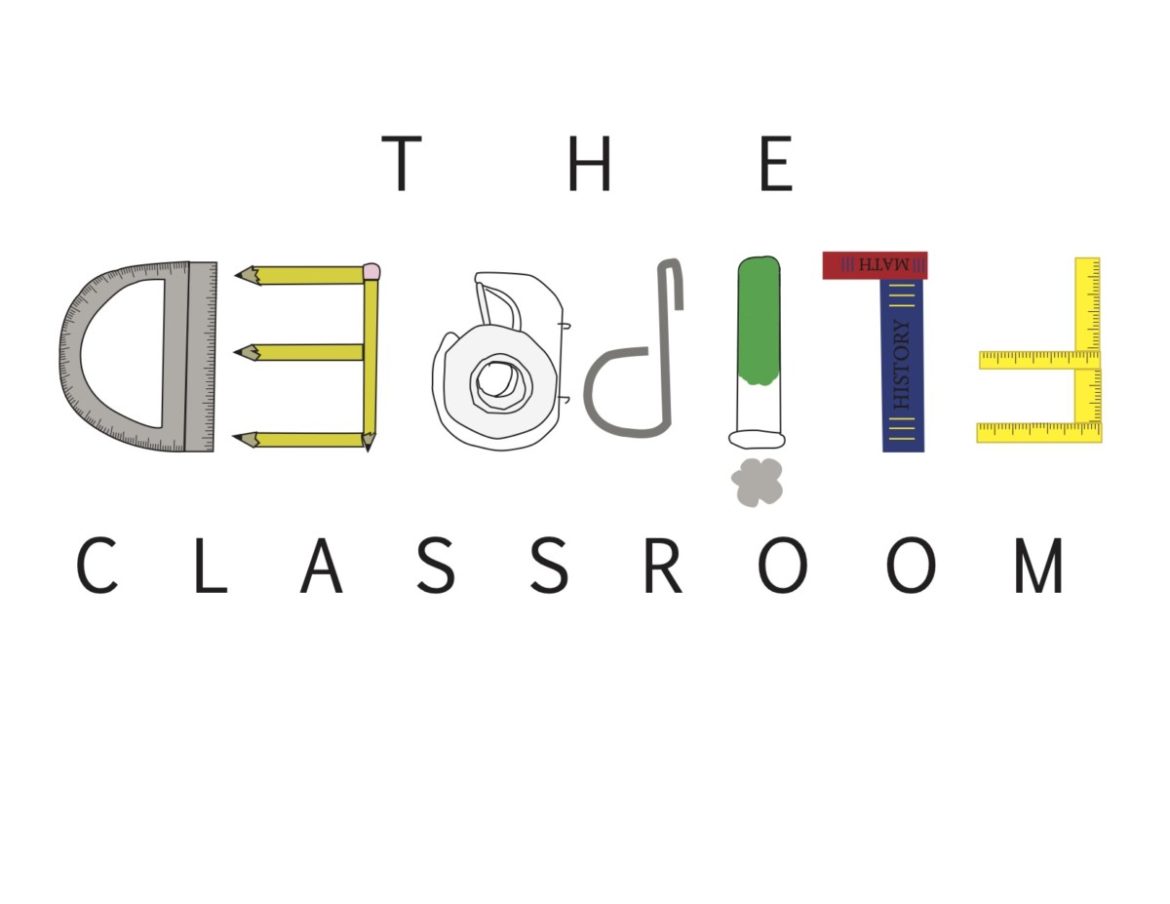Luke Huang, Reporter
@LUKEHCOURANT
A teacher writes on the board, projecting their voice throughout the classroom while the students listen attentively. Each day after school, they go home and work through their homework. Or not.
If you ask a calculus BC student about their classroom experience, you’ll find something different. Math teacher Kathryn Marhefki started using a learning model called “Flipped Classrooms’’ for her Calculus BC class four years ago. According to the Derek Bok Center for teaching and learning at Harvard, instructors have students interact with new material through assigning online instructional videos in this model. In other words, the order of activities and homework is reversed, or “flipped”. In class, they use the time to discuss the new information and practice those concepts with problem sets.
One of the benefits of this model is that students understand concepts better and use time more efficiently. The instructional videos provide students a way of reviewing them at the end of the unit, semester, and course. “Personally I quite like the classrooms,” Junior and calculus BC student Toby Woods said. “I’m a visual learner, so having videos can help me really understand the new topics and I like having time to do practice problems in class.”
Even though the flipped classroom places importance on learning new concepts outside of class, it does not mean teachers will not review harder topics or do lessons on challenging problems. Toby said, “You can ask your teachers for help if you’re not comfortable or if you’re not quite understanding something, and sometimes if there’s a harder topic then teachers will teach it in class.”
If I don’t understand something when we’re doing it in class I can always look back at the videos before the test, so it makes me feel less stressed.
Junior Toby woods
Another benefit is stress reduction. “If I don’t understand something when we’re doing it in class I can always look back at the videos before the test,” Toby said. “It feels like something I can fall back on if I’m not quite understanding it, so it makes me feel less stressed.”
Additionally, the math homework consists of videos that are less than 30 minutes long, according to Ms. Marhefki. By reducing the workload on students, Ms. Marhefki is aiming to minimize the amount of stress for her students.
For teachers, the flipped classroom model provides an efficient approach to covering a large amount of curriculum., “The second time that I started teaching BC Calculus, which was around 2013, I switched to flipped classrooms,” Math teacher Jennifer Lee said. “Because we have so much curriculum to go through, I saw it as a way of kind of getting through the stuff outside of school and then having a chance to work together and answer those questions inside of school.”
Ms. Marhefki originally got the idea of flipped classrooms from Ms. Lee. “There’s a lot of content in the course itself, and the sheer amount of content to get through to teach it in a regular classroom is an overwhelming amount. So, by doing this, I can drill down the videos to what was essential like proofs and things that take a little bit longer,” Ms. Marhefki said.
In some Advanced Placement courses, the flipped classroom model has been especially helpful. According to Ms. Lee, teachers sometimes remove units from their curriculum to streamline the process and match the pace of their students. “In AP classes we don’t really have that luxury, the curriculum is set for us already,” Ms. Lee said. “I do think it’s a good strategy for getting through a lot of the content. A lot of the time in class is wasted on things where the teacher will give you information and then stand and wait for the students to take notes, so I think that flipping the classroom eliminates all that.”
When it comes to expanding the flipped classroom model to other courses, teachers think that there are advantages with the traditional learning model. “First, I think when a class has too much curriculum to cover we probably all need to sit together as a faculty and think about ways that we can streamline curriculums so it doesn’t seem like too much, especially now that we are moving in a block schedule,” Ms. Lee said.
One disadvantage of the use of online instructional resources is the lack of immediate feedback. “If I was teaching a lesson in Algebra 2 or Pre-Calc and what I was saying didn’t make any sense, I would have a read on the room based on facial expressions that you lose with the flipped classroom,” Ms. Marhefki said.
Some students want to have the option of online instructional resources available to them in other classes. “I definitely think teachers should have online instructional resources as an option for students,” Toby said, “Sometimes students miss class and it’s hard for them to catch up and or they don’t quite understand the concept. Having extra videos online made by the teacher or someone is really helpful to let people really cement their understanding of the new topic. I think it’s a very good idea and it should be expanded to more classrooms. At the very least, it should be experimented with.”




